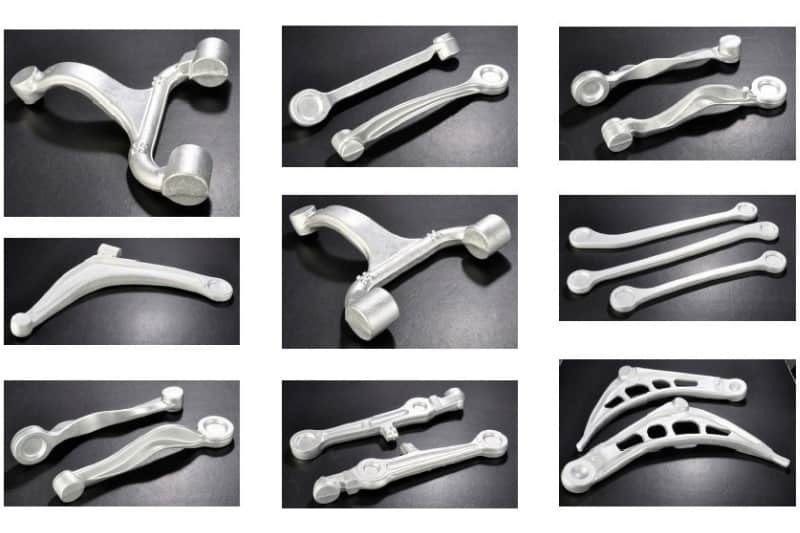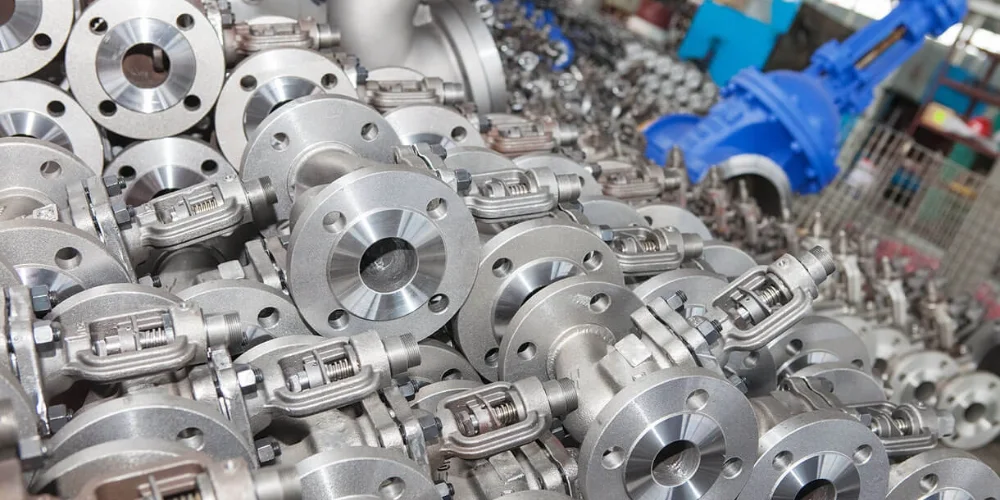Table of Contents
Overview
In the ever-evolving field of healthcare, precision and innovation are paramount. This blog is designed to shed light on the crucial role of CNC (Computer Numerical Control) machining in the production of medical devices. In this article, we will address common questions about CNC machining for medical devices, providing insights into its applications, materials, quality assurance, and much more. Let’s embark on a journey through the world of precision engineering in the realm of healthcare.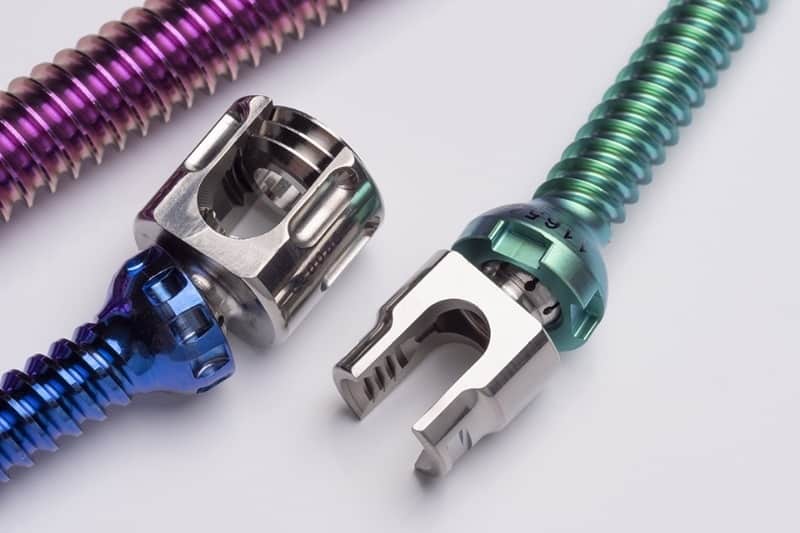
Understanding CNC Machining Medical Devices
Medical apparatus fashioned through the utilization of Computer Numerical Control (CNC) machining techniques are designated as CNC machining medical devices. CNC machining, an exacting manufacturing method, employs computer-directed machinery to fabricate intricate and precise components for an assortment of medical applications.
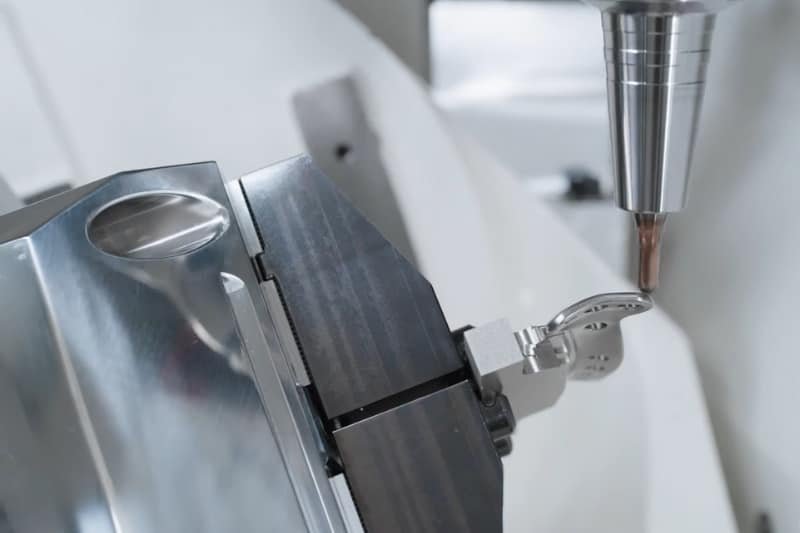
The Reason for Choosing CNC Machining for Medical Devices
CNC machining is chosen for medical devices due to its precision, repeatability, and ability to create complex and custom parts. It ensures high-quality production, tight tolerances, and versatility in working with a wide range of materials, making it ideal for applications where precision is crucial.
Medical Devices Can Be Manufactured Using CNC Machining
CNC machining can be employed to manufacture a wide range of medical devices, including but not limited to:
- Orthopedic Implants
- Dental Implants
- Surgical Instruments
- Medical Prototypes
- Customized Medical Components
- Diagnostic Equipment
- Prosthetic Limbs
- Drug Delivery Systems
- Microfluidic Devices
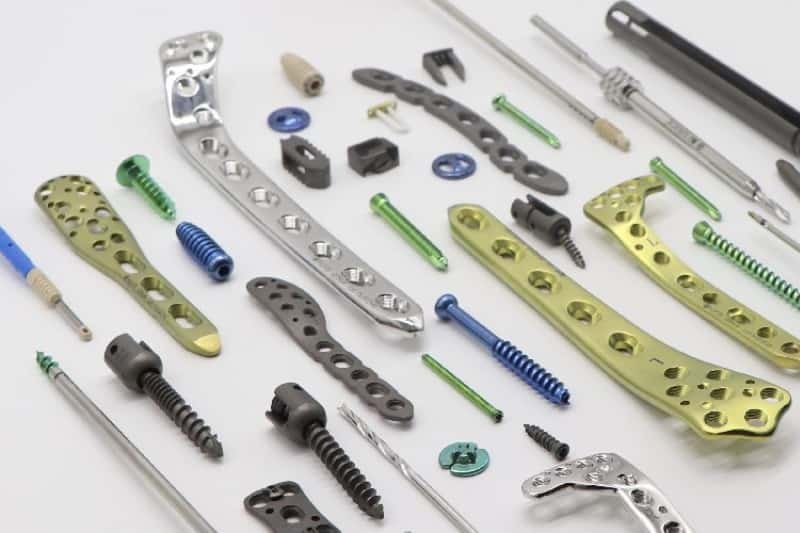 CNC Technologies Can Be Used for Medical Devices
CNC Technologies Can Be Used for Medical Devices
Various CNC technologies can be employed for medical device production, including milling, turning, Swiss machining, multi-axis machining, and wire EDM (Electrical Discharge Machining). The selection of the most apt technology is contingent upon the precise exigencies of the given device.
Materials Can Be CNC Machined for Medical Devices
In the realm of CNC machining for medical devices, a diverse array of materials finds compatibility. Common materials include titanium, stainless steel, plastics, ceramics, and specialized medical-grade alloys. Material selection depends on the device’s intended use and biocompatibility requirements.
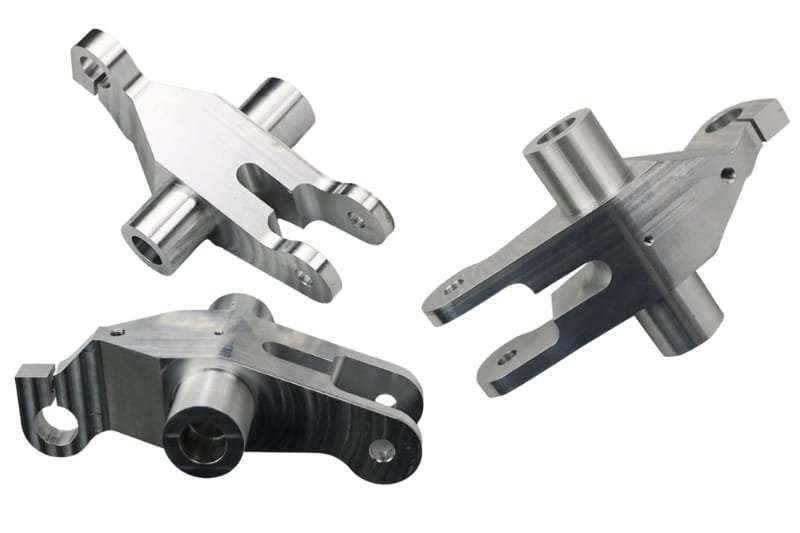
Surface Finishes Can Be Used for CNC Machining Medical Devices
To meet regulatory and biocompatibility standards, various surface finishes can be applied to CNC-machined medical devices. Common finishes include passivation, electropolishing, anodizing, and bead blasting, among others, to ensure the desired surface properties.
Quality Assurance for CNC Machined Medical Devices
CNC machining employs automation to uphold the exactitude of these crucial instruments. The process relies on automated precision, rigorous scrutiny via quality control protocols, and unwavering adherence to the minutiae of design specifications. State-of-the-art metrology apparatus is harnessed to assess and validate the dimensional precision and caliber of the fabricated components.
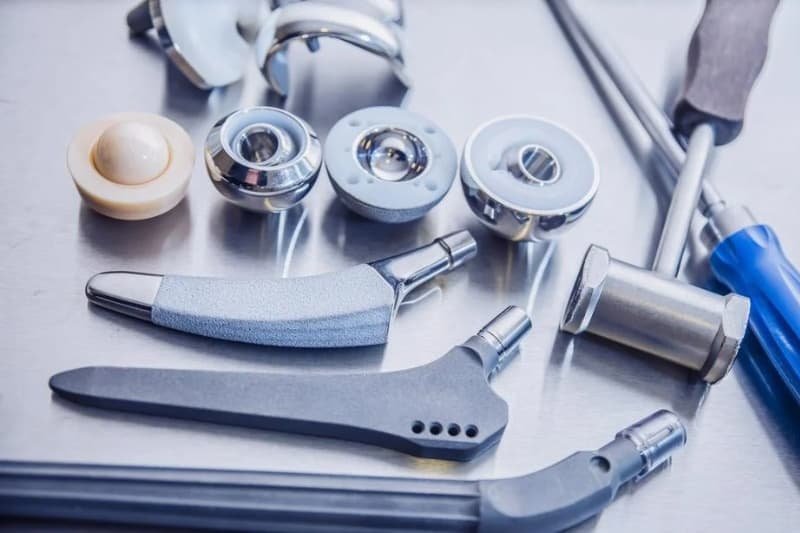
Precision Achievable with CNC Machining for Medical Devices
Medical devices manufactured through CNC machining are well-known for their high accuracy. It typically achieves high precision in various aspects:
- Machine Accuracy: The CNC machines are so precise that they can position their tools or workpieces to few micrometers (μm) accuracy.
- Tooling Precision: Good-quality tools, such as carbide or diamond laden ones are capable of carrying out cutting with a precision at micron levels that usually fall in the range 1 to5μm.
- Programming Precision: CNC programming is extremely precise to within every micron allow millimetre control of the machining process.
- Material Selection: Medical devices largely employ materials of constant and low variation traits to satisfy specified specifications.
- Inspection and Quality Control: Quality control is ensured through every stage of manufacturing, using tools such as Coordinate Measuring Machines to validate component accuracy.
Finally, the popularity of CNC machining to deliver medical equipment with utmost high accuracy is valid. The achievable accuracy is influenced by factors such as machine capabilities, tooling quality, materials utilized and the operator’s competence. The right tools and process also enable CNC machining to produce medical fixtures accurately in sub-micron level.
Biocompatibility of CNC Machined Medical Devices
While CNC machining itself does not guarantee biocompatibility, it allows for the use of biocompatible materials and processes. The choice of materials, coatings, and additional treatments (e.g., sterilization) can ensure that the final medical devices are biocompatible and safe for use within the human body.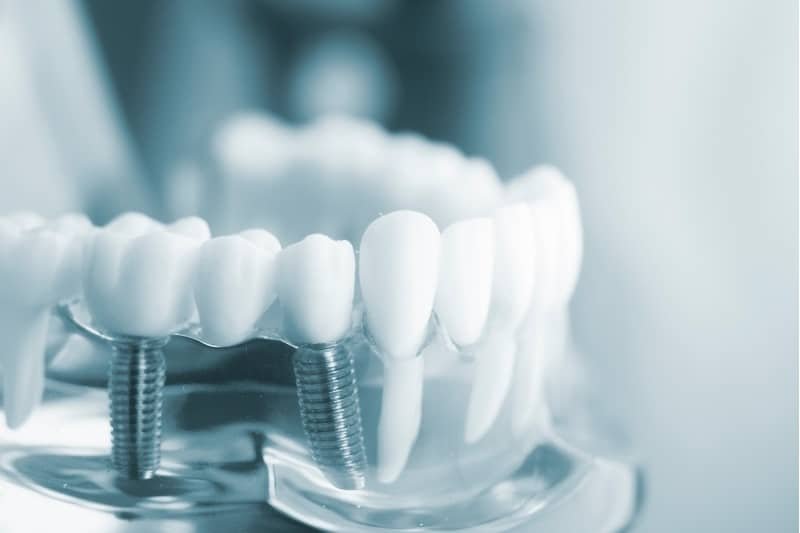
CNC Machining Used for Custom Medical Device Development
CNC machining is highly versatile and well-suited for custom medical device development. It allows for the production of prototypes and small to large production runs, making it a valuable tool for innovators and manufacturers in the medical industry. Customization is especially important for patient-specific implants and devices.
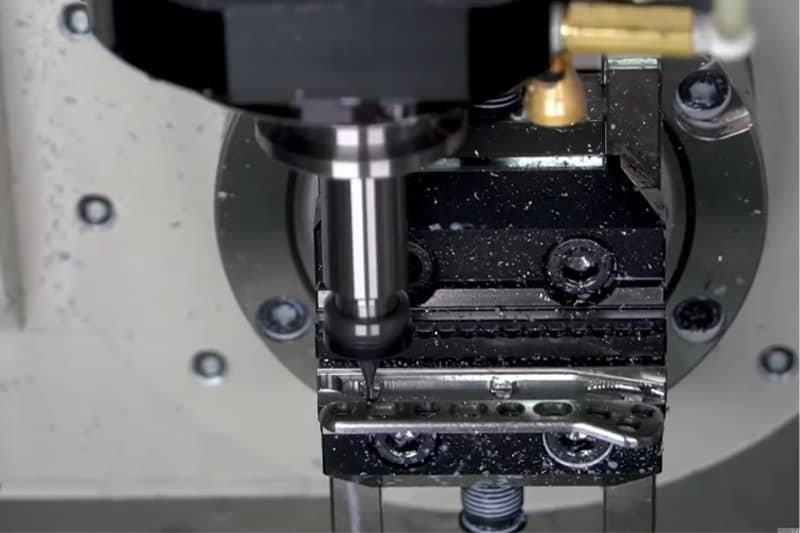
Benefits of Using CNC Machining for Prototyping Medical Device Designs
Using CNC machining for prototyping medical device designs offers several advantages:
- Precision and Accuracy: CNC machining ensures accuracy; therefore, the prototypes are highly intricate and accurately made for medical devices.
- Material Versatility: The prototyping of medical devices having distinctive characteristics and functionalities is made possible with the help of CNC machining.
- Quick Turnaround: With automated CNC machining, rapid prototyping is possible; time-to-market for medical devices can therefore be shortened.
- Customization: It is the customized CNC machining that meets all needs and requirements of medical device prototypes.
- Cost-Effective: However, CNC machining offers an option for cost-effectiveness to the prototyping process; but at the same time it serves to link successful designs with efficient large scale production.
- Quality Assurance: CNC machining guarantees the accuracy, precision and dependability of medical devices’ prototypes.
- Iterative Prototyping: CNC machining makes it easier for designers to adjust designs, and the iterative prototyping process allows refinement and improvement of medical device prototypes.
- Complex Geometries: The design of medical devices requires highly intricate and complex geometries, which are achievable using the technology.
- Regulatory Compliance: In the medical device industry, CNC machined prototypes with precision and quality that adhere to compliance regulations can be manufactured.
In conclusion, CNC machining is a valuable means of efficiently and accurately prototyping medical device designs with speed.
Guidance for Custom CNC Machining Medical Device
Initially, in order to receive advice on custom CNC machining of medical gadgets one should precisely identify its specifications including the purpose and regulatory requirements. Further, the successive steps entail identifying reputed manufacturers in medical device CNC machining conforming to standards such as ISO 13485 and assessing their quality control practices. It is also very important to choose the material, which should correspond with device specifications and be biocompatible if it needs so. It is also advantageous to look for manufacturers offering design and engineering support, as well as prototyping capabilities in order to fine-tune the design prior full scale production.
The process also includes a detailed analysis of the cost, time frame and manufacturers’ capacity to work effectively together. Make sure the manufacturer does a thorough job with quality inspection and verification; describe packaging, sterilization , logistics planningand distribution approach. It is essential to have meticulous documentation for traceability, ask about post-market support such as maintenance and eliminating recalls. Review costs, payment terms and legal contracts thoroughly prior to closing. After all remember that the manufacturing medical devices is so strictly regulated therefore compliance with industry standards and regulations are necessary, as well working with experienced manufacturers.
Conclusion
CNC machining offers several advantages for the production of medical devices, including high precision, tight tolerances, repeatability, and the ability to work with various materials like titanium, stainless steel, plastics, and biocompatible alloys. These qualities are crucial in the medical field, where precision, safety, and biocompatibility are paramount. Additionally, CNC machining allows for the creation of custom and complex designs, making it suitable for producing patient-specific implants and devices.
Resources:


